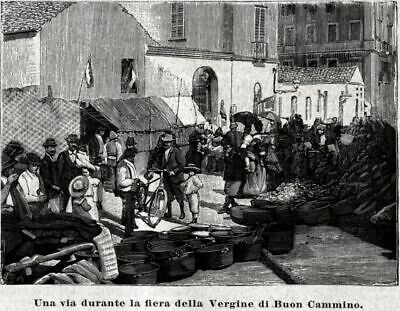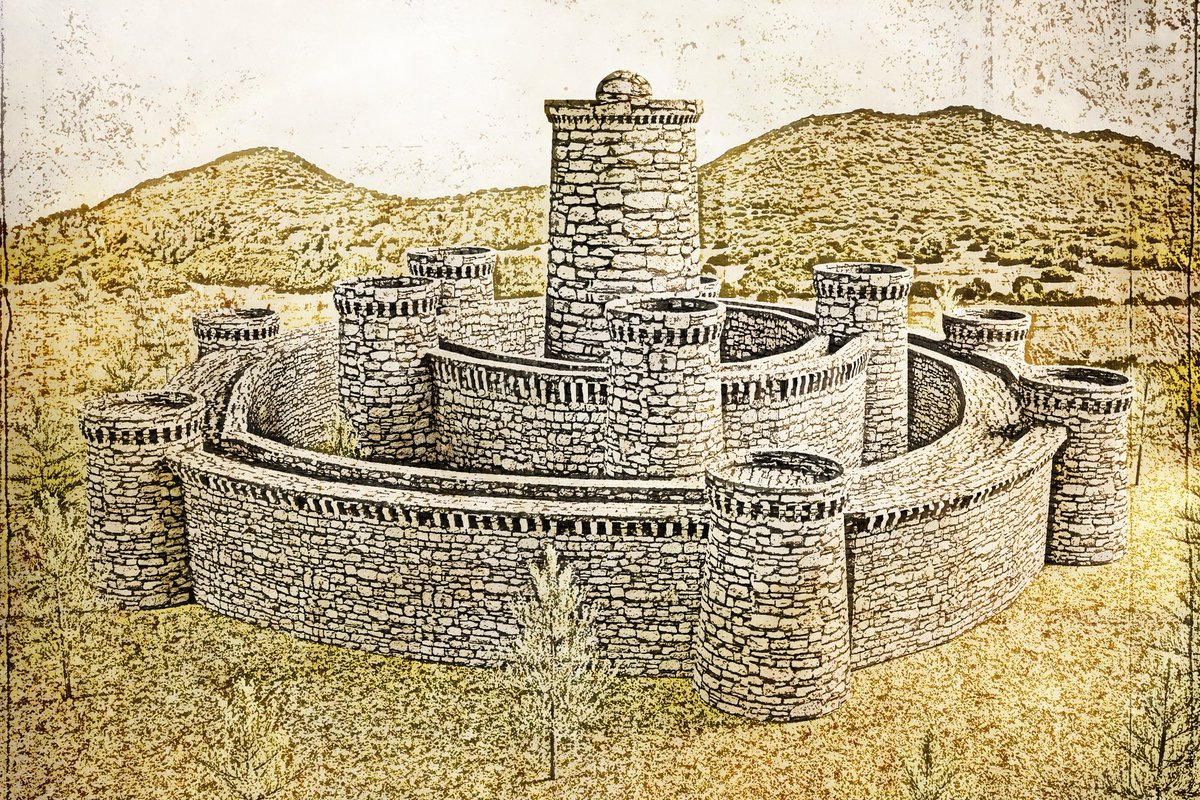
**OTTOBRATA Iglesiente**
Special thread about the festival held in Iglesias each October for the festivity of the Virgin of Buon Cammino.
📸 Countryside church of Our Lady of Buon Cammino
Special thread about the festival held in Iglesias each October for the festivity of the Virgin of Buon Cammino.
📸 Countryside church of Our Lady of Buon Cammino

The Ottobrata is my favourite festival, so here is a special thread about it. Religious festivals are typical Sardinian tradition, calling people from all around the neighbouring areas to celebrate. This happen(ed) every year in Iglesias, where the streets filled with stalls- 

-selling toasted chickpeas (I can't tell you how good and addicting they are), nougat, or setting up games, or trying to sell old objects... Recently, a new event was added, sa Sortija of Iglesias, rediscovered from old documents in the archive ⬇️
https://twitter.com/DrWatson_writer/status/1311589209216561152?t=Eh2OqecVgAByJ_AO_wRwKQ&s=19
But where does the cult come from? There are many churches in Sardinia which bear that dedication but the origin is not certain. Some say it could date back to Byzantine times, others say that the churches could indicate a favourable pathway (good path=Buon Cammino). 

The church of Iglesias is built on top of the highest hill of the town, outside the old city walls, and for this reason it's a countryside church. The cult existed already in the XVII century but there's no mention in the medieval codex. 



The recent history began when a citizen, Antioco Bernardini, was falsely accused of committing some crimes. He took the vow to go up the hill and light a candle in the chapel every week, if he were freed of the accusations, as it happened.
During one of these pilgrimages-
During one of these pilgrimages-

-the candle sent the entire chapel on fire. Therefore in 1777, the same Bernardini built a new church and started the tradition of celebrating the Virgin every third Sunday of October.
This old church became run-down with time and in the middle of the last century-

This old church became run-down with time and in the middle of the last century-


-it was necessary to have it rebuilt, and this is the one standing now.
The original church was only the section to the extreme left while the other sections, added later, are the monastery of the cloistered nuns of Saint Claire.


The original church was only the section to the extreme left while the other sections, added later, are the monastery of the cloistered nuns of Saint Claire.



The Ottobrata Iglesiente remains the biggest celebration of the town, where it's called "Festa Manna", big festival. 

It's also my favourite church because I can see it from my house (actually you can basically see it from everywhere in the town), and the festival falls in October (just like my birthday), which is the best month ever 🍁 





• • •
Missing some Tweet in this thread? You can try to
force a refresh



























